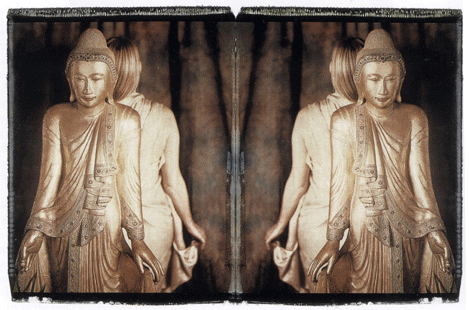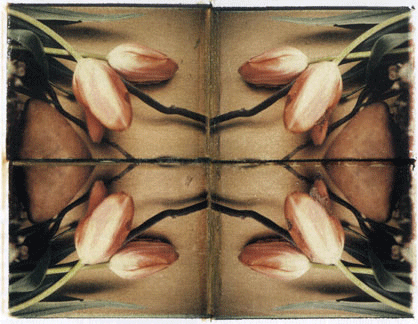![]()
 |
Excerpt
from Cynthia
Johnson-Bianchetta has been a fine-art photographer for over twenty
years, while being involved in her career as a curator and arts administrator.
She was part of the founding staff and the assistant director of
the Museum of Photographic Arts in San Diego's cultural center of
Balboa Park, and later was the director of the Weston Gallery in
Carmel, California. In addition, she has been a photographic assistant
to Paul Caponigro in Santa Fe, New Mexico. She makes her home and
studio on the cliffs of the Pacific in Big Sur, California, with
her photographer husband, Daniel Bianchetta, and is a creative-uses
consultant for Polaroid and on the board of directors for the Center
for Photographic Art in Carmel. She leads workshops for the Taos
Institute of Arts, Esalen Institute, Big Sur Photography Workshops,
and with Kathleen Carr, coleads annual Women's Creativity retreats. Johnson-Bianchetta's
emphasis is in the intuitive aspects of the art form and exploring
a blending of artistic mediums with personal process and spiritual
practice. She has found that the imagetransfer process creates the
dreamlike states that have guided her in her creative work: " I am interested in combining images to create an expanded image, as in turning the slide in different directions to form altar pieces, mandalas, diptychs, and triptychs—ultimately offering more movement—or perhaps using the photograph as storyteller. I am also a dancer, so when I place myself in an image it becomes not only a self-portrait, but also a performance art piece without an audience. Later the viewer becomes the audience and may have the possibility to also step into the dream, or hopefully invite healing. In the deepest sense, it is my desire to offer—through the images—visual prayers for healing." |
 |
|
|
|
|